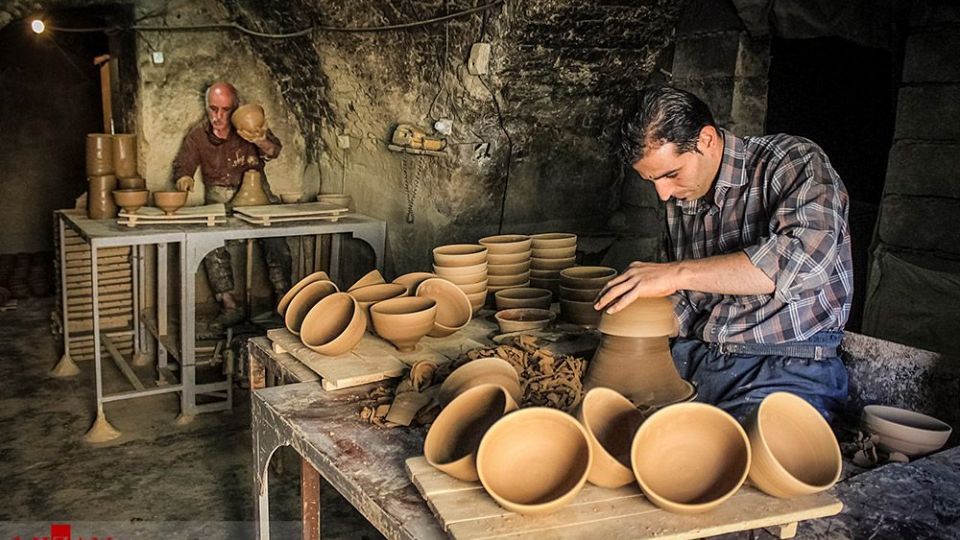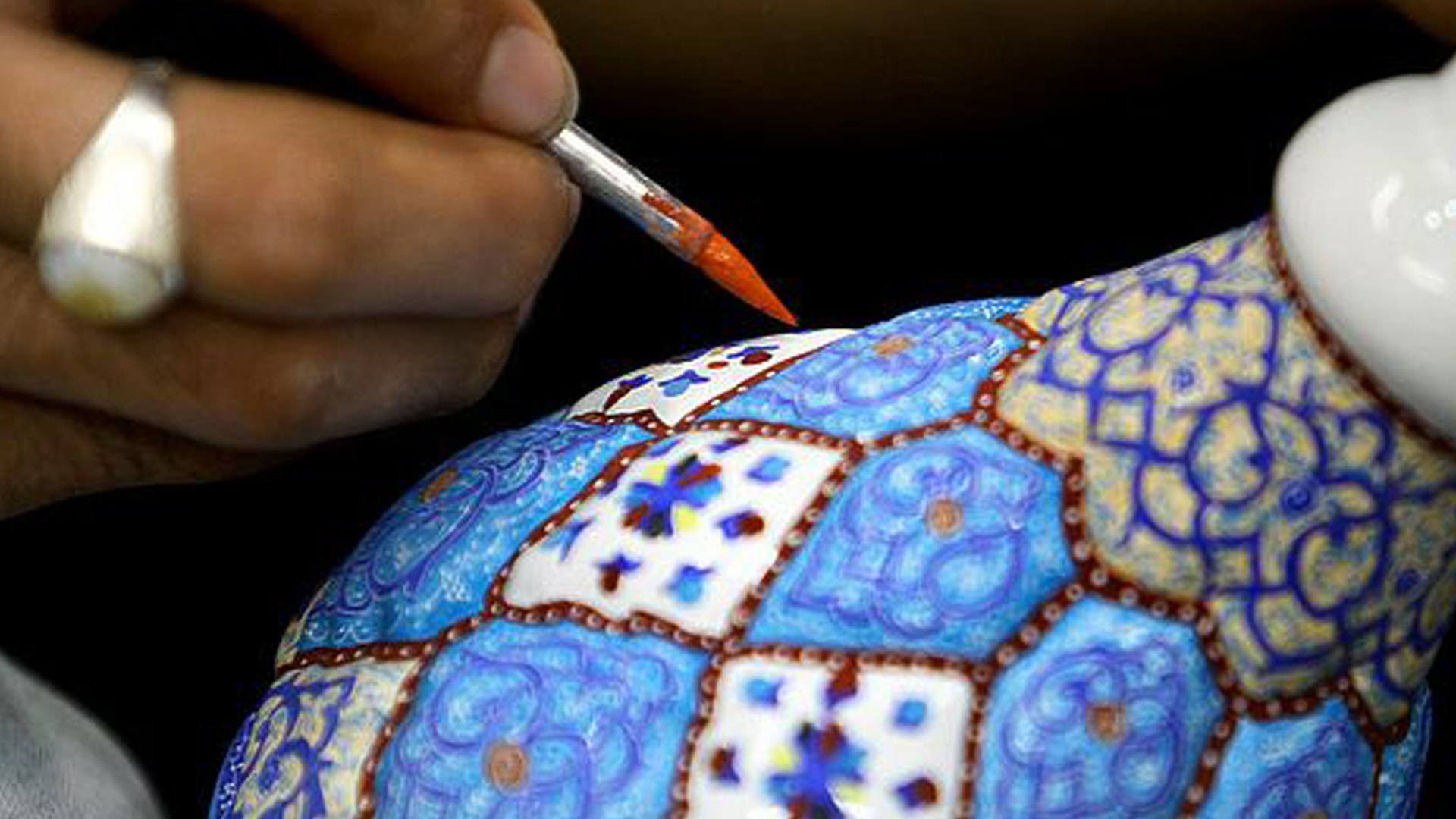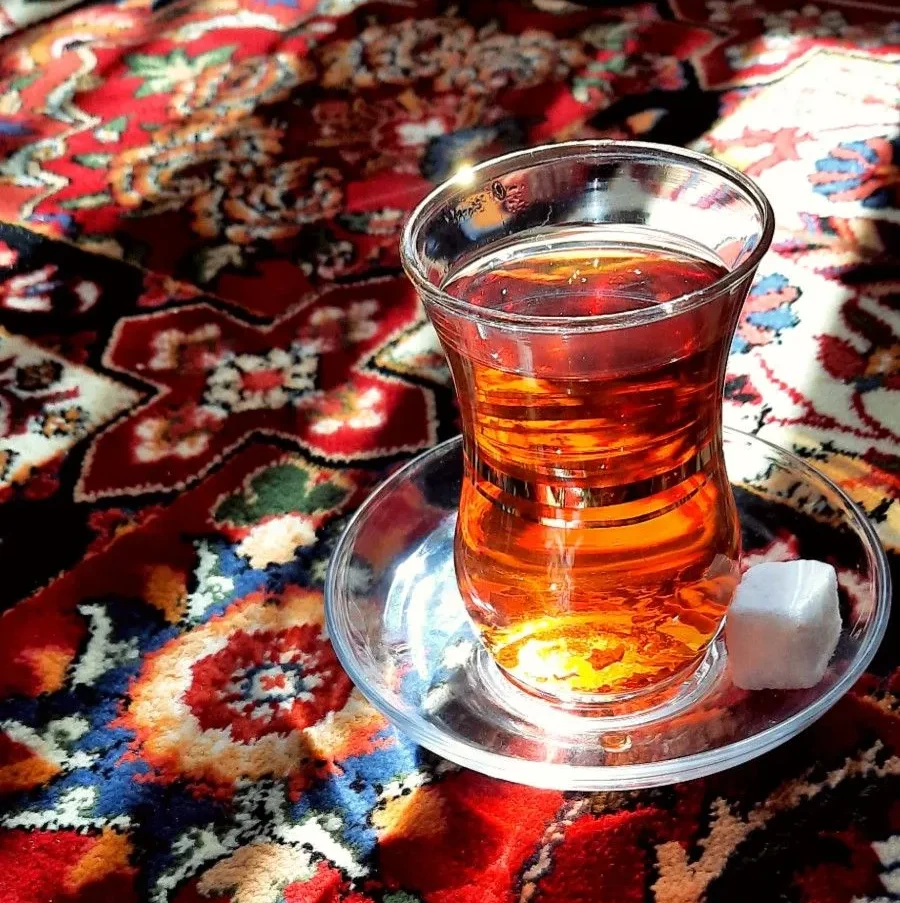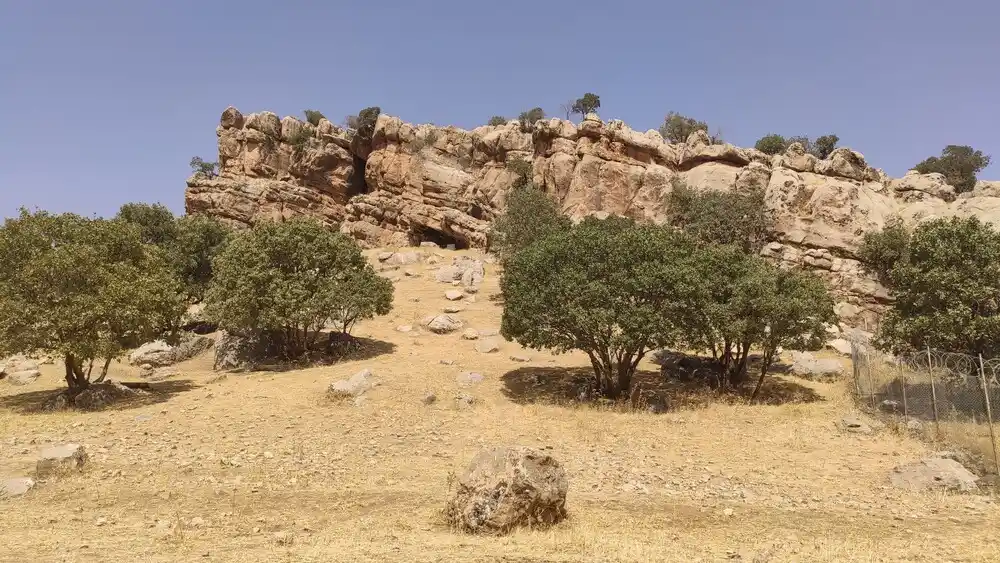Art Of Persia

- Persis Collection
- 10 May 2018
- Blog
- 2 minutes
Numismatic Art of Persia
The numismatic art of ancient Persia offers a unique glimpse into the history, culture, and power of Iranian empires. Persian coins, especially from the Achaemenid, Parthian, and Sassanid eras, often display royal portraits, Zoroastrian symbols, and inscriptions in Old Persian or Pahlavi. These historical Persian coins were more than currency—they served as tools for political messaging and artistic expression, making them valuable for collectors, historians, and art enthusiasts today.
You might also enjoy :Home Decor
Art of Ancient Iran
The art of ancient Iran spans thousands of years and reflects the rich cultural and artistic heritage of Persia. From the Elamite period to the Achaemenid, Parthian, and Sassanid dynasties, Iranian art includes architectural wonders, stone reliefs, metalwork, Persian ceramics, and textile arts. This ancient Persian art highlights Iran’s influence on neighboring civilizations and remains a cornerstone of Middle Eastern art history.
The basis of Persian art
Persian art has one of the richest art heritages in world history and has been strong in many media. including architecture, painting, weaving, pottery, calligraphy, metalworking and sculpture. At different times, influences from the art of neighboring civilizations have been very important, and latterly Persian art gave and received major influences as part of the wider styles of Islamic art. This article covers the art of Persia up to 1925, and the end of the Qajar dynasty. for later art see Iranian modern and contemporary art, and for traditional crafts see the arts of Iran. Rock art in Iran is its most ancient surviving art. Iranian architecture is covered in that article.
From the Achaemenid Empire of 550 BC–330 BC for most of the time a large Iranian-speaking state has ruled over areas similar to the modern boundaries of Iran. often much wider areas sometimes called Greater Iran, where a process of cultural Persianization left enduring results even when rulership separated. Court-sponsored art has left many of the most impressive survivals.
The general Islamic style of dense decoration, geometrically laid out, developed in Persia into a supremely elegant and harmonious style. Under the Safavid dynasty in the 16th century, this style was used across a wide variety of media and diffused from the court artists of the shah, most being mainly painters.
At Persis collection Iranian art shop you can discover Over a Thousand Products Inspired By the art of Persia.










Comments